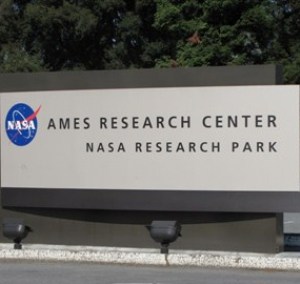 London, Oct 16 : NASA scientists have found the key to keep harmful moon dust at bay— a little sunshine.
London, Oct 16 : NASA scientists have found the key to keep harmful moon dust at bay— a little sunshine.
Astronauts landing on the moon have to tackle with lunar dust, which is easily disturbed and highly abrasive, reports New Scientist.
The dust cannot only damage equipment, but could also prove dangerous to astronauts'' lungs, if it gets into inhabited areas.
Thus, study leader Paul Hintze of the Kennedy Space Center in Florida, has found that a 1-metre-wide lens that focuses sunlight can melt and fuse the dust.
The finding could protect a future moon base from the fine powder on the lunar surface.